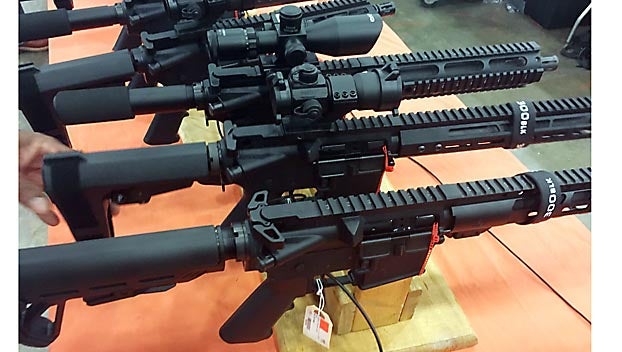Deadly Dixie pipeline: How Mississippi guns wind up in hands of Chicago gangs
Published 3:01 pm Thursday, August 29, 2019
In many cases, the highly organized Chicago gangs sent representatives to cities across the country to establish a presence, not unlike a corporation sending a salesperson to cover a sales territory.
Over the years, some gang members were locked up and recruited members in the state’s jails and prisons. Mississippi’s Department of Public Safety found in a statewide gang assessment that about 32% of all inmates in jails and prisons are active gang members. In other cases, some gangs developed organically as families who moved up North during the Great Migration may have moved back.
There’s a nexus between them, even if they don’t communicate with one another on a frequent basis, said Cloy, who once infiltrated a prominent Mississippi and Chicago gang as an undercover agent for the FBI.
“They operate independently for the most part. But when it comes to organized crime, especially gun trafficking, they’ll work together for the benefit of one another,” he said.
Gang activity also appears to be spreading to juveniles. In 2017, more than 400 juvenile gang members passed through the Youth Court of Mississippi’s Hinds County, its most populous county, in 2017, according to a study.
Within a two-year period, more than 400 juvenile gang members passed through the Hinds County Youth Court, according to a study released by the Mississippi Analysis and Information Center.
Smalley, who grew up on Chicago’s South Side, moved to Mississippi, where he graduated from high school and attended the University of Southern Mississippi. His brothers, meanwhile, had returned to the Chicago neighborhood where they grew up and joined gangs.
Before his sentencing in a federal court in Chicago, Smalley’s attorney suggested his client provided the guns out of a sense of obligation to provide protection to his brothers.
But as court records indicate, many of those guns quickly turned up at crime scenes — including five shootings in addition to Stuckey’s killing.
The gun used to kill Stuckey was linked to a second shooting a few days later. A year later, police found the weapon after a street stop of another known gang member, the Tribune reported.






